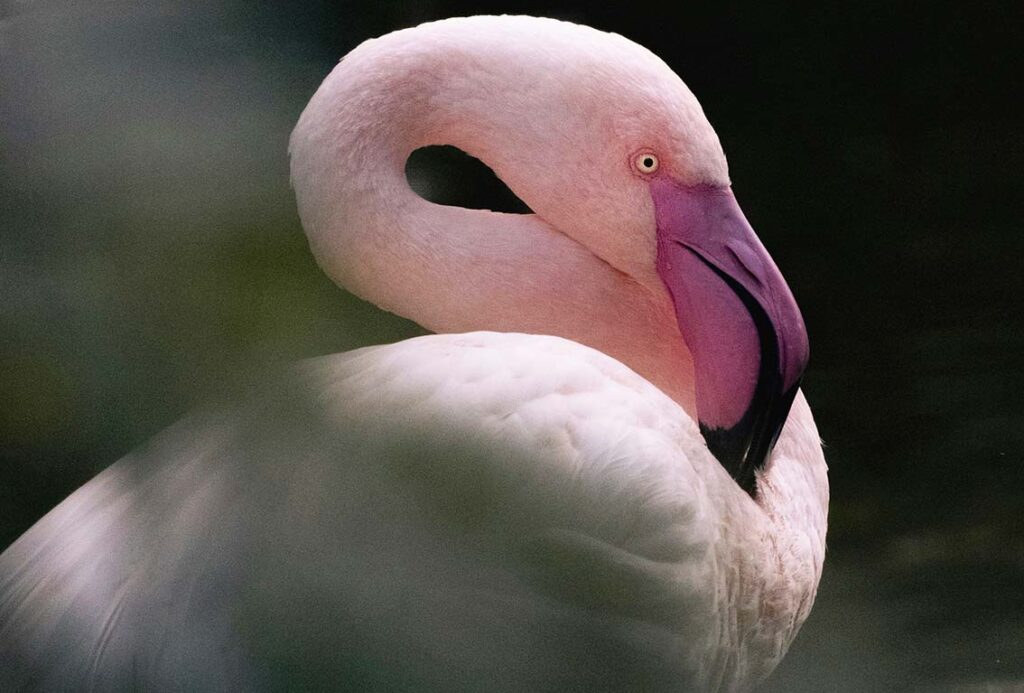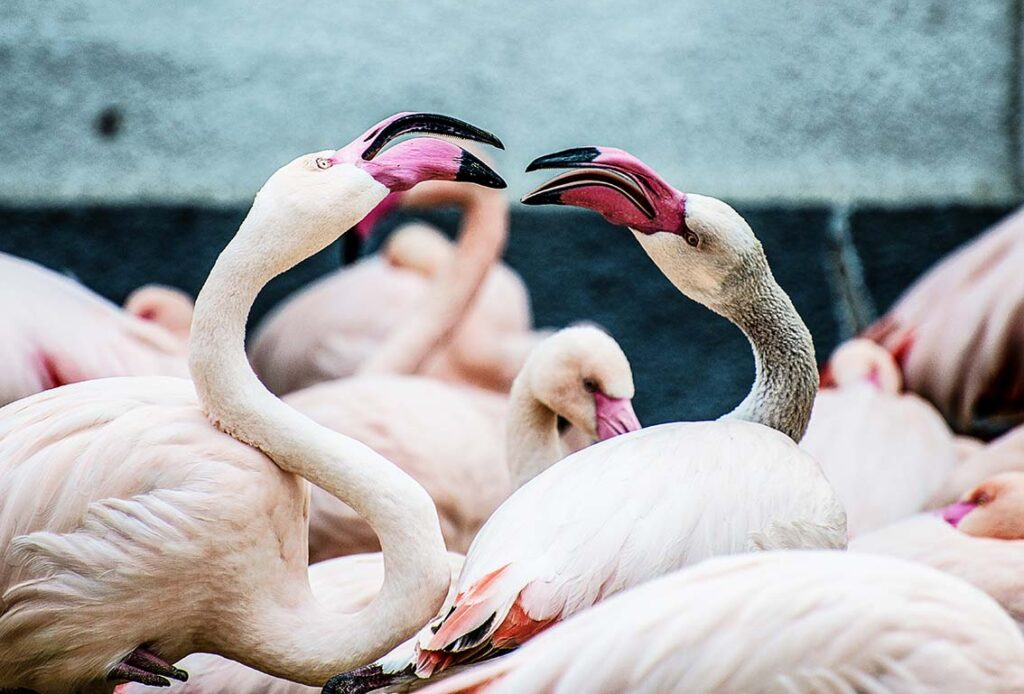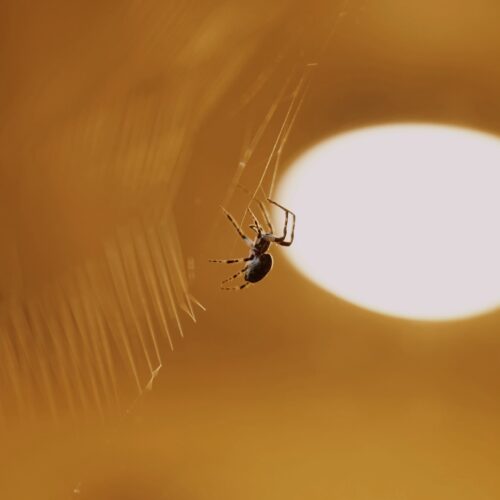From One-Legged Yoga to Filter-Feeding Feasts, Flamingos Are the Fabulous Friends We Didn’t Know We Needed
Flamingos are more than just eye-catching birds with vibrant pink feathers—they’re nature’s icons of grace, adaptability, and social connection. From their unique one-legged stance to their fascinating upside-down feeding habits, these remarkable creatures have captivated humans for centuries.
Known for thriving in some of the world’s harshest environments, flamingos are a testament to resilience and the power of community. Whether inspiring tropical vibes or symbolizing fun and whimsy, there’s no denying the charm and intrigue that make flamingos a species we can’t help but love.
Fascinating Flamingo Facts
Iconic Pink Color:
Flamingos get pink coloration from the carotenoids in their diet, found in algae, shrimp, and crustaceans. Without these, they’d be white or gray!
Social Butterflies:
They are highly social birds that live in colonies ranging from a few dozen to tens of thousands. Their group living helps with feeding, protection, and nesting.
Balancing Acts:
Flamingos are famous for standing on one leg. This behavior helps conserve body heat by minimizing exposure of one limb to cooler water or air.
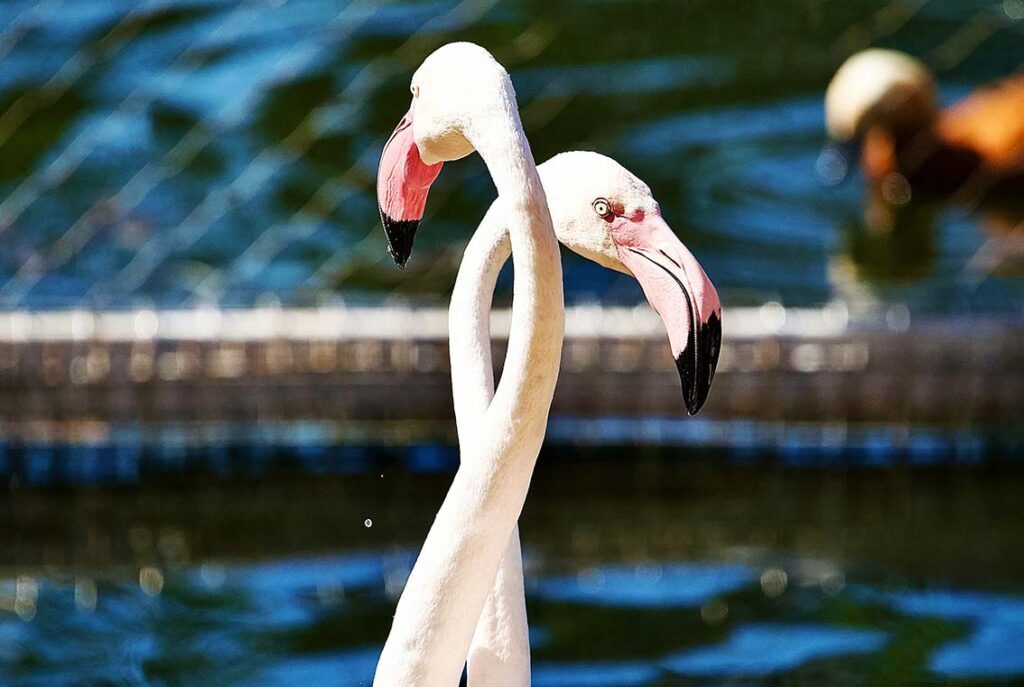
Long-Lived Birds:
Flamingos can live up to 30 years in the wild, and in captivity, they can live even longer, often surpassing 50 years.
Unique Feeding Style:
Their specialized beaks and tongues allow them to filter-feed upside-down, separating mud and silt from their food.
World Travelers:
They thrive in salty lakes and lagoons and are found in diverse habitats from Africa and Asia to the Americas and the Caribbean.
Strong Mates:
These beauties are monogamous and form strong pair bonds, often staying with the same partner for years.
Fluffy Babies:
Chicks are born gray or white with straight bills, which curve as they grow. They rely on “crop milk,” a secretion from the parents, for nourishment.
Why We Love Them
- Vibrant Beauty:
- Their striking pink feathers and elegant poses make them a symbol of beauty and grace.
- Cultural Icons:
- They are associated with tropical vibes and relaxation, making them a favorite for decor and travel inspiration.
- Symbol of Fun:
- From quirky lawn ornaments to festive party themes, they embody whimsy and fun.
- Inspiring Adaptability:
- Their ability to thrive in extreme environments reminds us of resilience and adaptation.
- They Bring Communities Together:
- Like humans, flamingos thrive in groups, showing the importance of connection and cooperation.
Did you know?
Flamingos are born with straight bills, but their iconic curved beaks develop as they mature to help them specialize in filter-feeding. Interestingly, their tongues are bristled and act like pistons to pump water in and out, making their feeding technique one of the most efficient in the bird world!
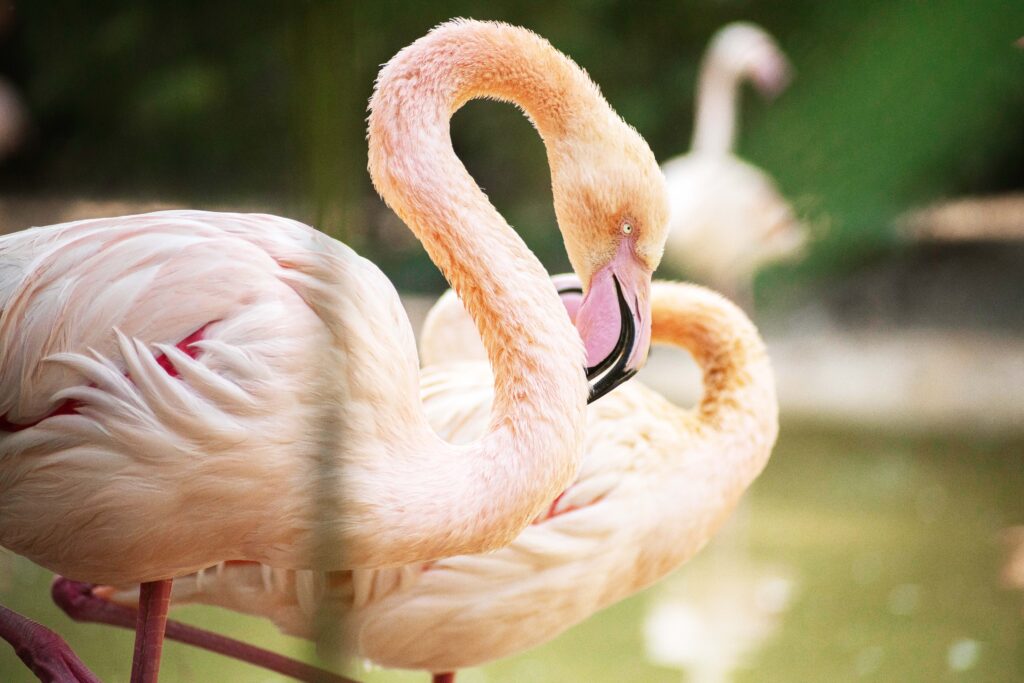
A little history:
Flamingos have been captivating humans for thousands of years, with their earliest recorded depictions dating back to ancient Egypt and Mesopotamia. In Egyptian culture, they were associated with the sun god Ra due to their vibrant color and majestic presence.
The ancient Romans admired them as a delicacy, particularly their tongues, which were considered luxurious. Across the Americas, flamingos held spiritual significance for Indigenous peoples, symbolizing balance and harmony with nature.
Fossil evidence suggests that these fantastic birds have existed for at least 30 million years, making them one of the oldest bird species thriving today. Their enduring presence and striking beauty continue to inspire fascination and admiration worldwide.
TIPS: Visiting flamingos is a memorable experience that requires some preparation for the best encounter. Choose the right location, such as wild habitats like the Yucatán Peninsula or sanctuaries, and plan your visit during their active times in the morning or late afternoon, especially during feeding times. Dress comfortably with breathable clothing, sturdy shoes, sun protection, and bug spray if needed.
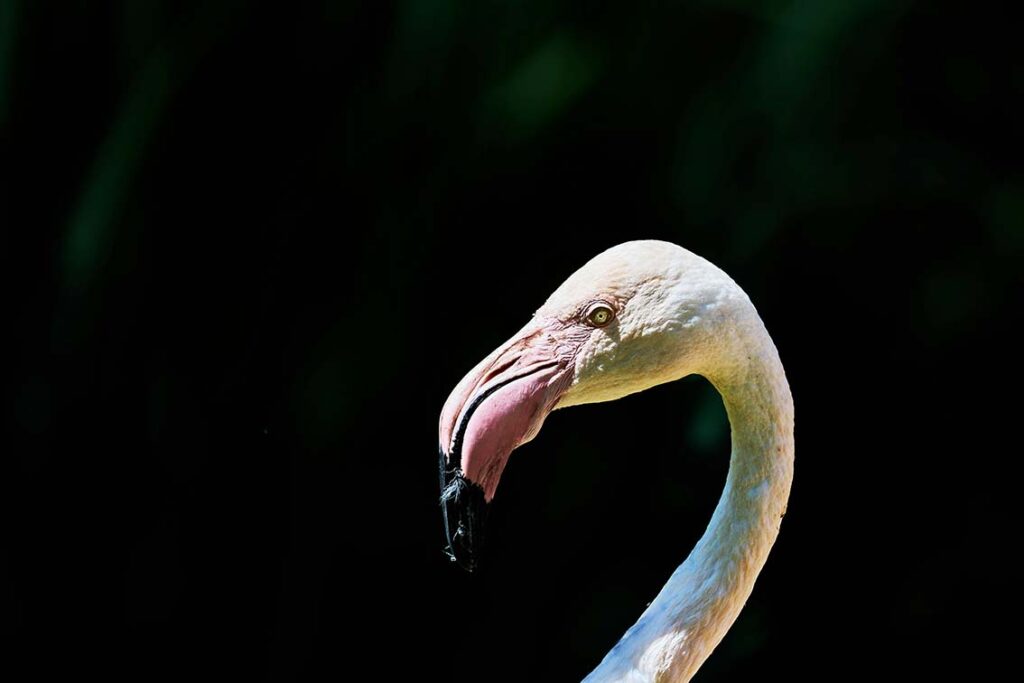
Bring binoculars and a camera with a zoom lens to observe and capture their beauty from a respectful distance without disturbing them. Learn about their behaviors and habits, like their iconic pink color from their diet, and follow all park or sanctuary guidelines to protect their environment.
If venturing into the wild, a local guide can enhance the experience by pointing out the best viewing spots. Pack water and snacks, dispose of waste responsibly, and consider supporting conservation efforts to help protect these graceful birds. Take the time to enjoy their synchronized group movements and fascinating behaviors for a truly unforgettable experience.
